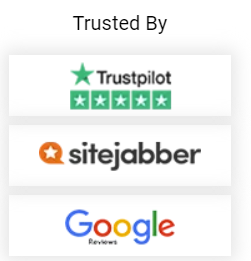How people practice supports wider organisational and people strategies
Supporting organisational strategy through Vertical Integration
Vertical integration is the consolidation of two enterprises that operate in different stages of the production process. As applied in practical settings, vertical integration establishes a hierarchical connection between different organisational levels (Hansen et al., 2022). People practices play a critical role through strategies like training and development, which ensure that employees are equipped to handle the new responsibilities resulting from managing different aspects of the supply chain. Additionally, through cross-functional collaboration, people professionals are able to promote smooth communication and cooperation, whether upwards, downwards, or sideways, thus promoting teamwork that fosters the integrated approach. They also foster employee engagement during the process, which helps reduce turnover, increase staff buy-in, and improve operational continuity (Han et al., 2019). All these ensure that the strategy is a success and that organisational productivity and profitability are sustained.
Supporting organisational strategy through Horizontal Integration
Horizontal integration refers to the strategic move of a firm to extend its manufacturing operations within the same stage of the supply chain. This is achieved by internal expansion, purchase, or merger. Horizontal integration facilitates the cooperation and exchange of information between multiple departments or teams within an organisation operating at the same hierarchical level (Pérez-Lara et al., 2020). In people practices, horizontal integration denotes aligning HR functions across several organisational departments. This integration guarantees uniformity and standardisation of HR practices throughout the organisation. It entails formulating uniform HR policies, processes, and guidelines regularly implemented across several departments or business units. Horizontal integration guarantees uniformity and equity in HR procedures across several functional domains, fostering equal employee treatment and mitigating potential discrepancies or prejudices. An instance of horizontal integration occurs when the marketing team and sales team interact closely to develop a cohesive approach. This collaboration enables the interchange of ideas, resources, and skills, leading to improved efficiency and productivity. Moreover, it enables the execution of the overarching organisational strategy by ensuring that all departments are coordinated and actively working towards the same goals (Pérez-Lara et al., 2020).





